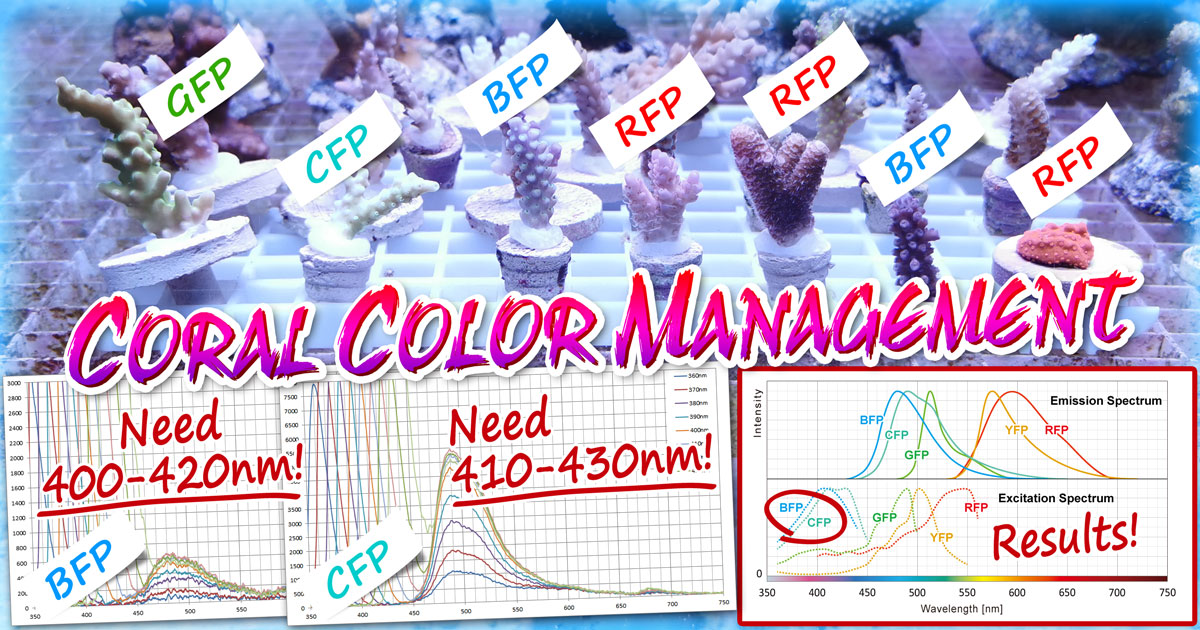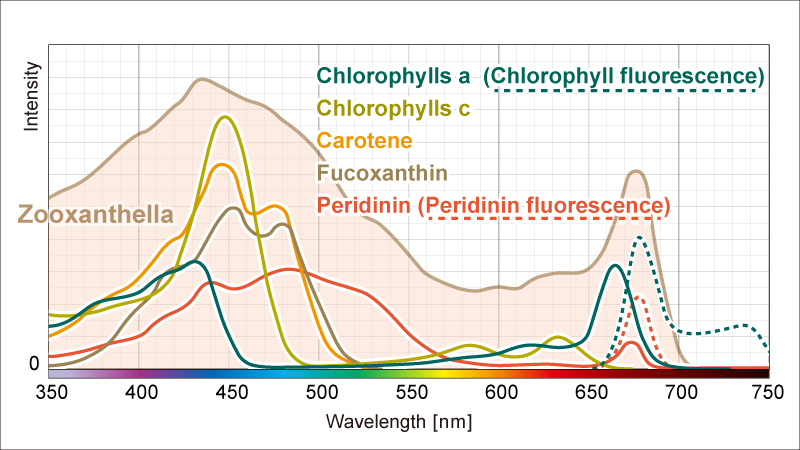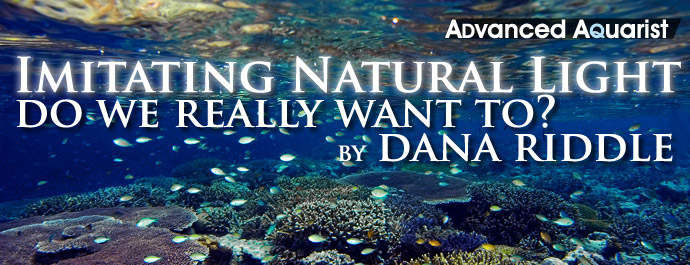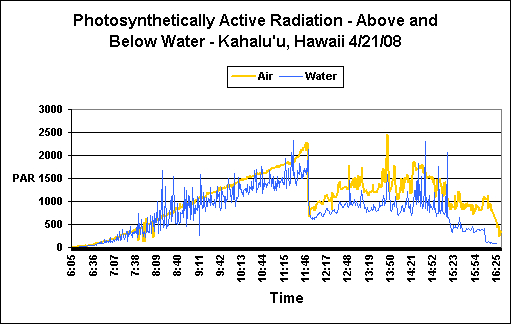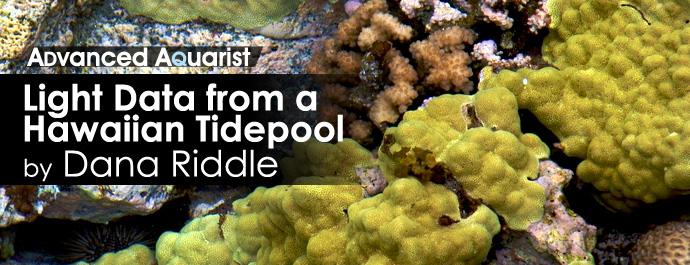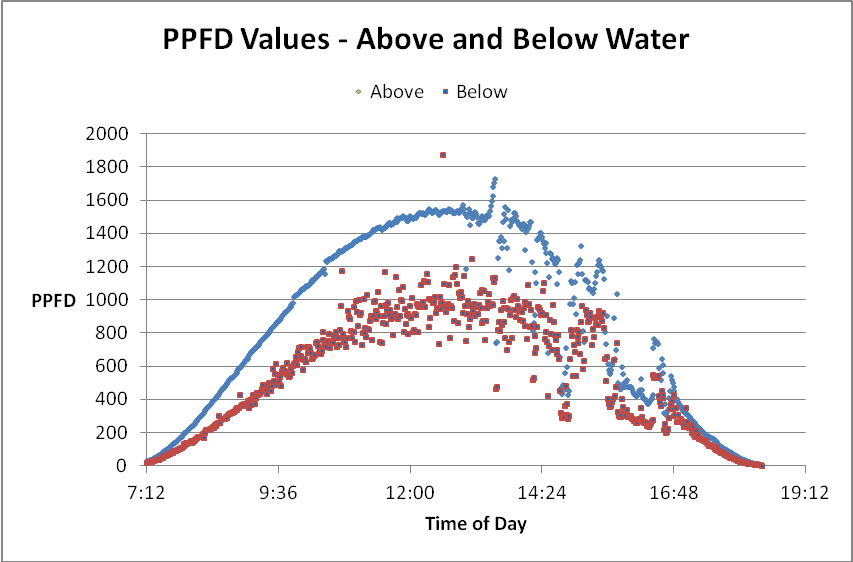In this perspective, we are probably looking atQuality matters here and I already made the point that most should stop at 450 for LED, but anybody who wants to give more than this from MH, T5 or the sun will see an increase in kind.
1. Increased output in the UV spectrum
2. increased output in the IR spectrum
3. De-emphasis of blue-royal blue peaks
Guess it's not that difficult to do some experiments to figure out which is the main reason.




